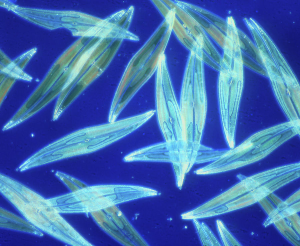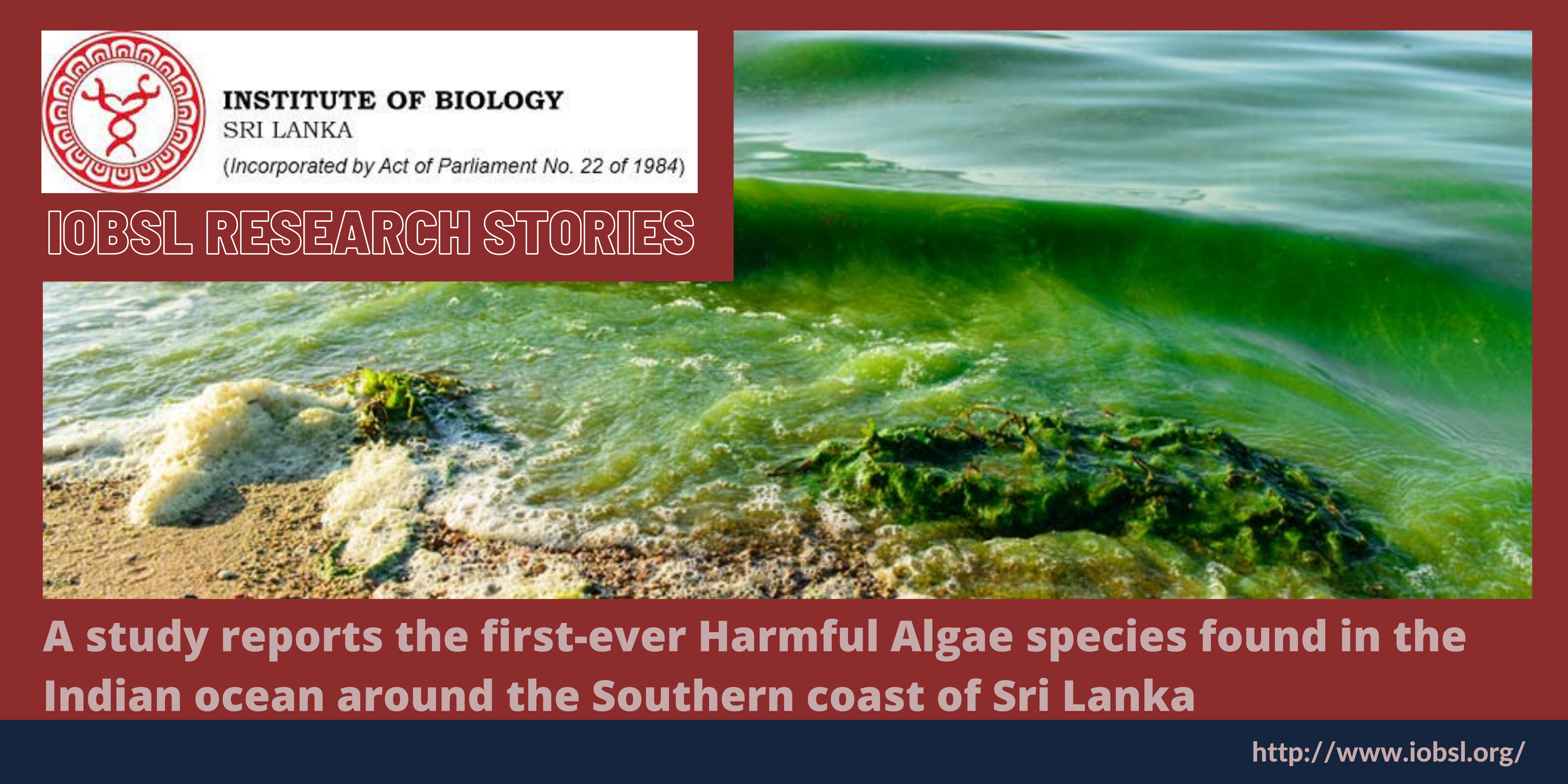Harmful algae (HAs) can cause human health issues and affect human wellbeing, mainly through their impacts on coastal ecosystem services (Recreation, leisure activities and fishery industry), marine biodiversity and environment. However, there are only a handful of studies carried out on Harmful Algae in Sri Lanka.
“In the Sri Lankan context, compared to freshwater phytoplankton, studies on marine plankton remain unnoticed, and even the existing marine studies are mainly focused on the diversity and abundance of plankton,” mentions Prof Deepthi Wickramasinghe, a Professor in Zoology and Environment Sciences, University of Colombo, one of the main authors of the research publication.
This study was carried out in five study sites from Southern Coast where shipping, fishery as well as recreational activities are increasingly prevalent. Sampling from Ambalangoda, Hikaduwa, Dodanduwa, Mirissa and Tangalle study sites resulted twenty-seven species of diatoms and ten species of dinoflagellates out of which eight species were from class Bacillariophyceae (21.62%), eight species from class Coscinodiscophyceae (21.62%), eleven species from class Mediophyceae (29.73%), and ten species from class Dinophyceae (27.03%) and out of them eleven species are potentially harmful whereas some can be directly related to shellfish poisoning in humans, and some species were recorded that are capable of forming blooms.
According to the study, the most prevalent group were the Diatoms, accounting for roughly 73 percent of all species identified. Eight diatoms and three dinoflagellates out of all the diatoms and dinoflagellates found were potentially dangerous species, accounting for 29.72 percent of the total species found. And, Mirissa had the highest concentration of potentially dangerous diatoms and dinoflagellates during the study period, whereas Dodanduwa had the lowest.

As the study highlighted the anthropogenic activities from prospective influxes of diverse physicochemical and biological elements from the inland through several small-scale rivers have a substantial impact on all stations. Furthermore, the proximity of fisheries harbors may have an impact on water quality due to increasing human activity. Another important discovery of the study was some potentially dangerous algae were shown to be strongly connected with turbidity and total phosphorus content in the sea, which could be attributed to anthropogenic activities. Thus, the authors emphasize that the monitoring water quality is critical for determining the ecological health of coasts and determining whether there is a link between physicochemical factors and the prevalence and density of microalgae.
However, there are a number of study gaps, including a lack of knowledge on microalgae species profile and dispersal through time and space, as well as toxicity evaluation, all of which obstruct the identification and assessment of HA risk in the coastal zone. And also, because Sri Lanka is strategically placed in the Indian Ocean, the risk of HA spreading to other regions of the ocean cannot be overlooked. This research lays the groundwork for HA research in the southern region, paving the way for additional in-depth research in the future, emphasizing that the adequate long-term monitoring, risk assessment, and management are becoming more critical.
References
Dissanayake, D. A. S. J., Wickramasinghe, D. D., & Manage, P. M. (2021). Harmful diatoms and dinoflagellates in the Indian Ocean: a study from Southern coast of Sri Lanka.
httpsimages.fineartamerica.comimages-medium-large-5diatoms-alfred-pasiekascience-photo-library.jpg
https://www.leisurepro.com/blog/wp-content/uploads/2014/07/shutterstock_444943930.jpg
Story by
Rasadari Ranasinghe
Associate Member – IOB


